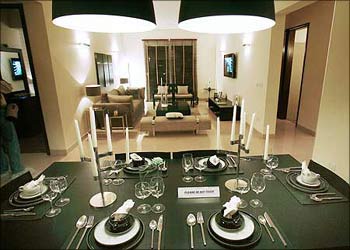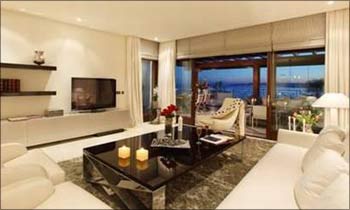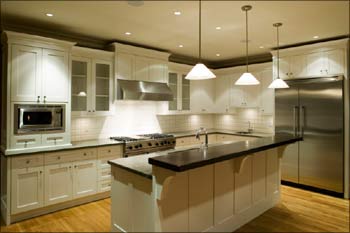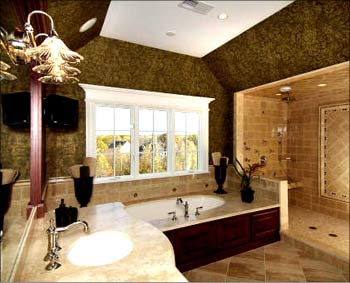Photographs: Reuters Masoom Gupte in Mumbai
Flats are generally priced on the basis of the area. However, the actual usable area of the flat may differ from the one you are charged for, or, the saleable area.
The difference between the useable and saleable areas is a result of the space included in the calculation.
Some of the commonly used area calculations are: This is the net usable area measured wall to wall, from the inner faces of walls.
Simply put, it is the area in a flat which can be covered by carpeting.
Some builders may add half the actual area of a terrace or dry areas while calculating the total carpet area.
...
How is the area of a flat calculated?
Image: Common spaces include all common amenities.Photographs: Reuters
This is the gross area of a flat. Besides the carpet area, it includes the space covered by the wall thickness and ducts.
Generally, it is 10-15 per cent more than the carpet area of the flat.
The current trend is to consider this as the saleable area. It is calculated by adding the markup for common spaces to the built-up area.
These common spaces include the ones on the floor (lifts, staircases etc) and those in the building (entrance lobby, electrical room, pump room, flower beds etc).
Basically, it includes all the common amenities that are built, but not directly charged to the customer.
...
How is the area of a flat calculated?
Image: Builders quote loading figures while calculating the saleable area.Photographs: Reuters
Ideally, the area of the common spaces should be calculated and added proportionately to each flat. However, this practice is rarely followed.
As a thumb rule, most builders take 1.25 as the multiplying factor to calculate super built up area, multiplying the carpet area by 1.25.
This would increase the total saleable area by about 25 per cent.
This percentage is also commonly known as 'loading'. Most builders quote loading figures while calculating the saleable area.
For example, say the carpet area of your flat is 500 square feet. The builder may add loading of about 30 per cent.
...
How is the area of a flat calculated?
Image: Builders justify high loads on basis of amenities.Photographs: Reuters
Since there is no written rule with regards to loading, on occasions, it could even be as high as 50-60 per cent. This implies that a 1,000 sq ft flat (super built up) could have a carpet area of barely 500-600 sq ft.
As a result, home owners can find themselves in a dingy flat in spite of paying a high price.
Builders usually justify such high loads on the basis of amenities provided.
Thus, it would be higher for larger schemes, where more space is given to amenities and common areas as compared to small projects without much frills.






article